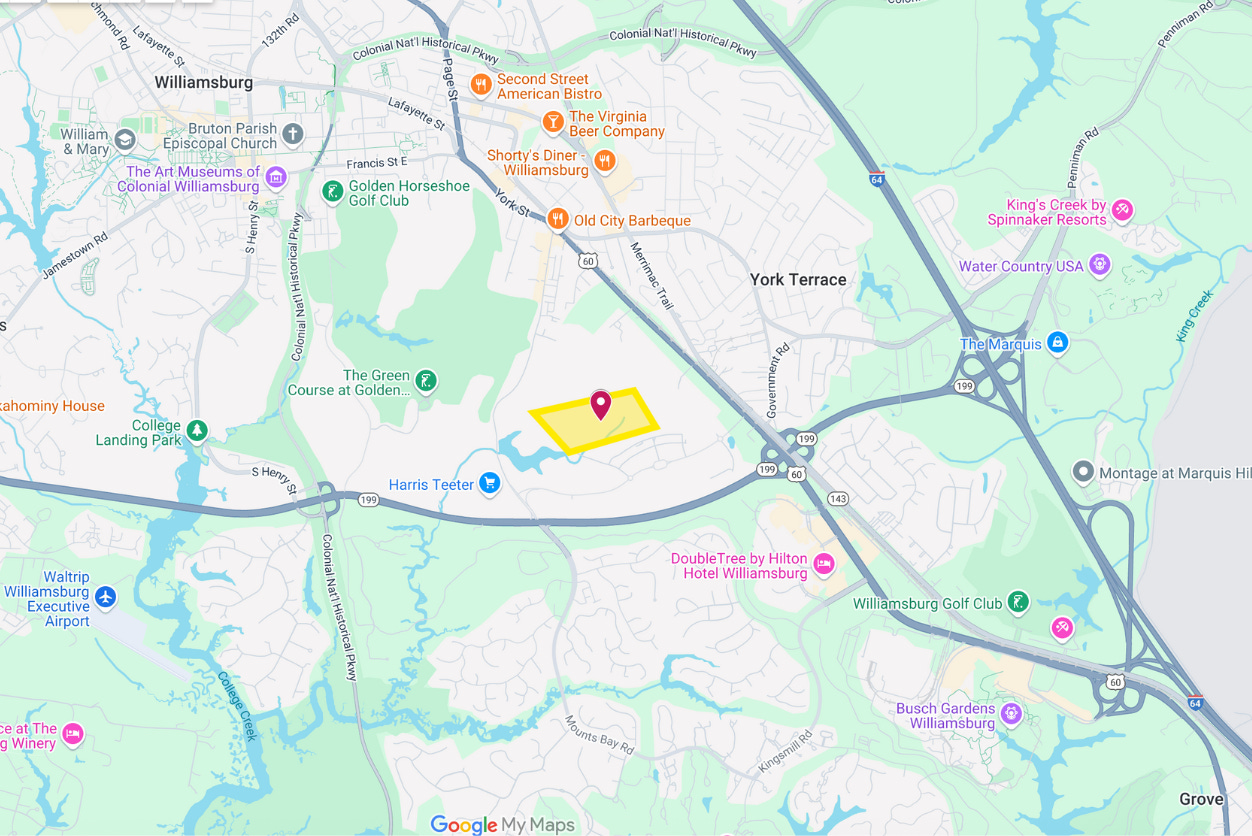Redoubt Ridge @ Quarterpath Moves Forward with Special Use Permit
Williamsburg approves development of steep slopes and protected areas for 199 detached houses

Keep reading with a 7-day free trial
Subscribe to Williamsburg Independent to keep reading this post and get 7 days of free access to the full post archives.
